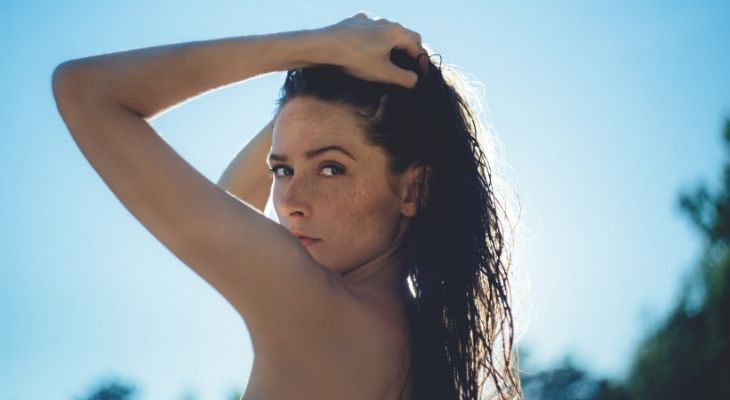Blue Beauty: The Rise of a Planet-Friendly Movement
‘Clean’ and ‘green’ are familiar words in the beauty industry, but there’s a brand-new kid on the beauty block: blue. Discover what it is and how you can get your brand or business on board.
The average woman’s beauty and skincare routine involves as many as 15 products and 500 chemicals, so it’s little wonder ‘clean’ and ‘green’ beauty products have made a big impact.
While there’s no official definition for these labels, they’re typically made with naturally derived ingredients that are better – or at least less harmful – for us. They usually give a nod to being sustainable, too, when it comes to ingredients and packaging.
But is that enough in 2020?
Meet ‘blue beauty’. Jeannie Jarnot, who is credited with founding the movement, describes blue beauty products as ‘next-level green’. Not only are they less harmful to people and the environment, they actively contribute to, or give back, to the health of the planet in some way.
Despite the ‘blue’ moniker, these days it’s not just about protecting the oceans, either. That’s a big part of it, but it’s more planet-inclusive than that.
How to Get Involved
Whether you’re crafting beauty products or stocking them, here are three ways to be ‘blue’.
1: Prioritise non-toxic, chemical-free ingredients. It’s all about being gentle on the planet and thinking about what happens when things like soap, shampoo and sunscreen gets washed down the drain. “It’s why we don’t make conditioning bars,” says Julie Andrews, founder of Urthly Organics, a Victorian-based business that’s been handcrafting environmentally friendly soap and skincare products since 1998. “It’s not easy to make them without using quaternary ammonium compounds, or quats, which are harmful for our waterways. I’m really passionate about and committed to producing products that I know won’t have a damaging impact on ocean life.”
2: Look for biodegradable, upcycled or reusable packaging. Only nine per cent of the 130kg of plastic every Australian uses each year gets recycled, which means the rest ends up in landfill or the planet’s waterways. In fact, one rubbish-truck’s worth of the stuff gets dumped into the ocean every minute. No surprises then that a big part of blue beauty is an emphasis on appropriate packaging.
3: Think ‘giving back’. Making the effort to create a ‘small-as-possible’ footprint on the planet in the creation of a product is one thing. Actively making an improvement or difference is another – and that’s what blue beauty products do. Think everything from joining forces with environmental projects to donating a percentage of sales to planet-friendly charities or starting their own initiatives. A great example is the work natural skincare giant Weleda does in this space, whether it’s harvesting ingredients from its own biodynamic, ‘replenish-the-land’ medicinal gardens or establishing its Bee B&B Hotel project to teach primary school kids about biodiversity and the importance of pollinators, and help save Australia’s native bees at the same time.
With more than 90 per cent of Australians agreeing they’re concerned about the environment and sustainability, yet only half of them feeling confident they’re ‘doing enough’ for the cause, there’s never been a better time for more beauty brands to turn blue, too.
Find the latest beauty products to hit the market and head to the Naturally Good Product Directory.
If you supply natural and organic beauty products, don’t forget to list your business and connect with targeted retail buyers after your products.
-
Get your FREE ticket
- REGISTER FOR FREE
